Discover 11 hidden attractions, cool sights, and unusual things to do in Fuchu (Japan). Don't miss out on these must-see attractions: Tokyo Racecourse, Edo-Tokyo Open Air Architectural Museum, and Ōkunitama Shrine. Also, be sure to include Fuchū-no-Mori Park in your itinerary.
Below, you can find the list of the most amazing places you should visit in Fuchu (Tokyo).
Table of Contents
Tokyo Racecourse

Also known as: 東京競馬場
Racecourse in Fuchu, Japan. Tokyo Racecourse is located in Fuchu, Tokyo, Japan. Built in 1933 for horse racing, it is considered the "racecourse of racecourses" in Japanese horseracing. It has a capacity of 223,000, with seating for 13,750.
Tokyo Racecourse hosts numerous G1 (Grade 1) races, including the Japan Cup, Tokyo Yushun (the Japanese Derby) and the Yasuda Kinen, a part of the Asian Mile Challenge.[1]
Address: Hiyoshicho 1-1, Fuchu
Edo-Tokyo Open Air Architectural Museum
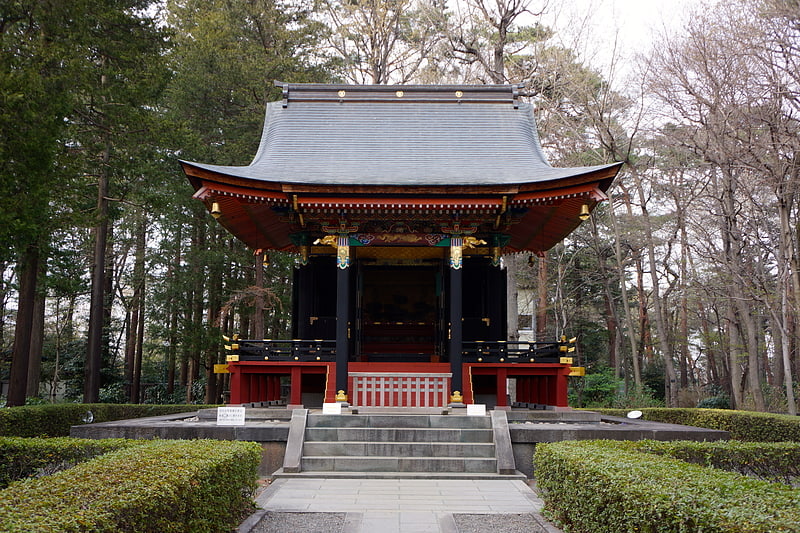
Also known as: 江戸東京たてもの園
Group of historical Japanese buildings. The Edo-Tokyo Open Air Architectural Museum in Koganei Park, Tokyo, Japan, is a museum of historic Japanese buildings.
The park includes many buildings from the ordinary middle class Japanese experience to the homes of wealthy and powerful individuals such as former Prime Minister Takahashi Korekiyo, out in the open in a park.
The museum enables visitors to enter and explore a wide variety of buildings of different styles, periods, and purposes, from upper-class homes to pre-war shops, public baths (sentō), and Western-style buildings of the Meiji period, which would normally be inaccessible to tourists or other casual visitors, or which cannot be found in Tokyo.
Acclaimed animator Hayao Miyazaki often visited here during the creation of his film, Spirited Away, for inspiration.[2]
Address: 3-7-1 Sakuracho, 184-0005 Koganei
Ōkunitama Shrine
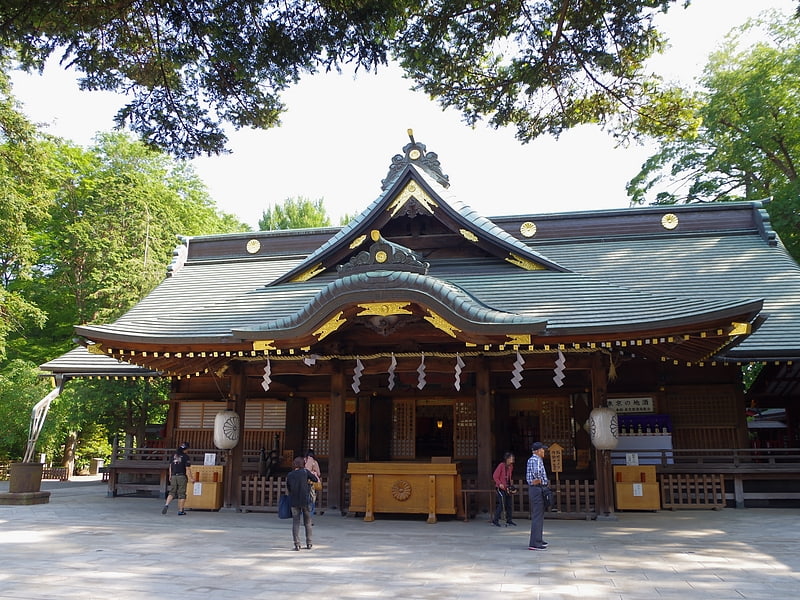
Also known as: 大國魂神社
Shrine in Fuchu, Japan. Ōkunitama Shrine is a shrine located in Fuchū, Tokyo, Japan. Six shrines in Musashi province were consolidated and their gods enshrined there. Ōkunitama is now known as one of the five major shrines in Tokyo, the others being the Tokyo Great Shrine, Yasukuni Shrine, Hie Shrine and Meiji Shrine.[3]
Address: 3-1 Miyamachi, Fuchu
Fuchū-no-Mori Park
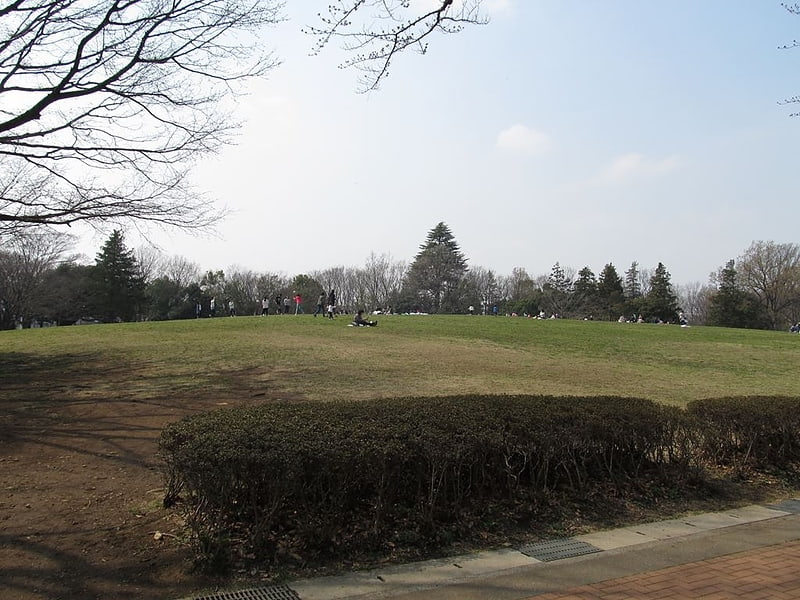
Fuchū-no-Mori Park is a public park in the Sengen-cho region of the city of Fuchū in Tokyo. It is located a little east of the center of the city, close to Higashi-fuchū Station.[4]
Musashi Kokufu
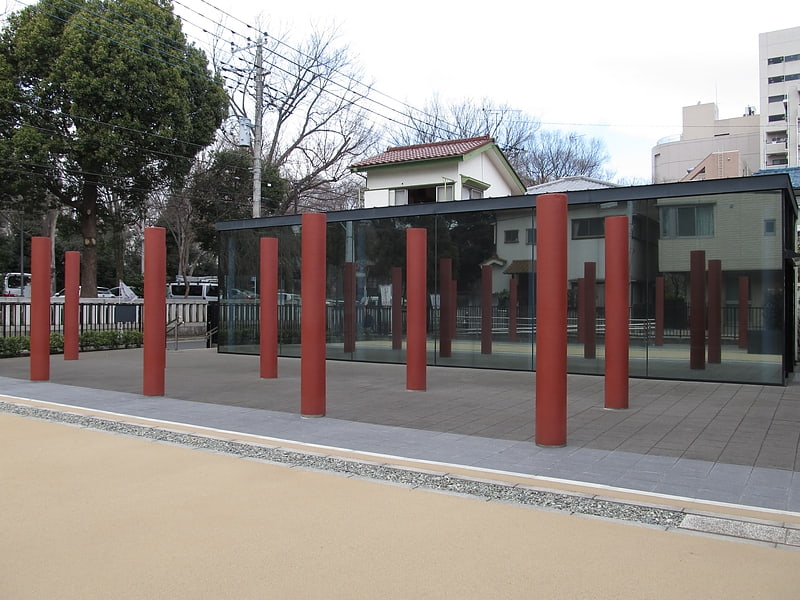
The Musashi Provincial Capital ruins is an archaeological site with the ruins of a Nara to Heian period government administrative complex located in what is now part of the city of Fuchū, Tokyo in the Kantō region of Japan. Identified as the ruins of the kokufu of Musashi Province, the site has been protected as a National Historic Site from 2009.[5]
Koganei Park

Also known as: 小金井公園
Park in Koganei, Japan. Koganei Park is a metropolitan park in Tokyo, having entrances in Koganei City, Kodaira City, Nishitokyo City, and Musashino City.[6]
Kyodo no mori
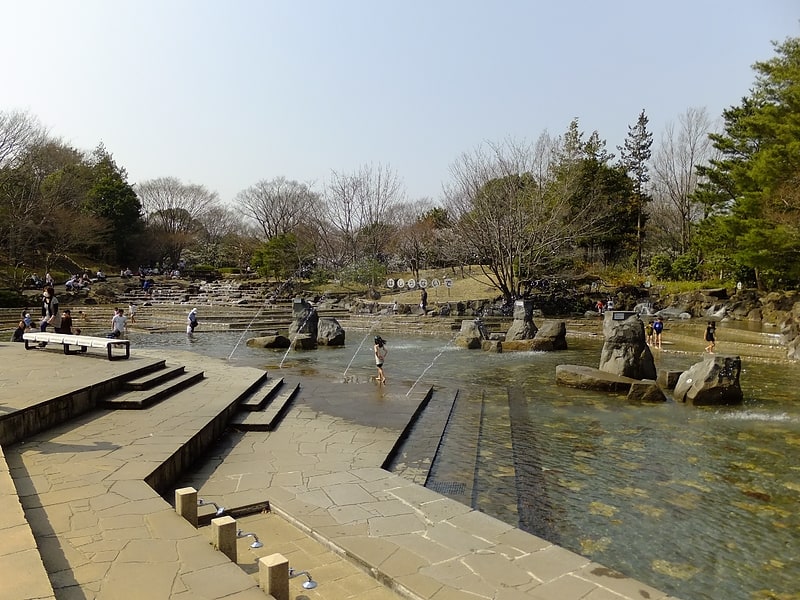
Also known as: 府中市郷土の森博物館
Museum in Fuchu, Japan. Kyōdo-no-Mori or Native Forest is an open-air folk museum in Fuchū, Tokyo. It features buildings of historical note from various times in Japanese history.[7]
Address: 6-32-10 Koremasa, 183-0014 Fuchu
Tama Cemetery
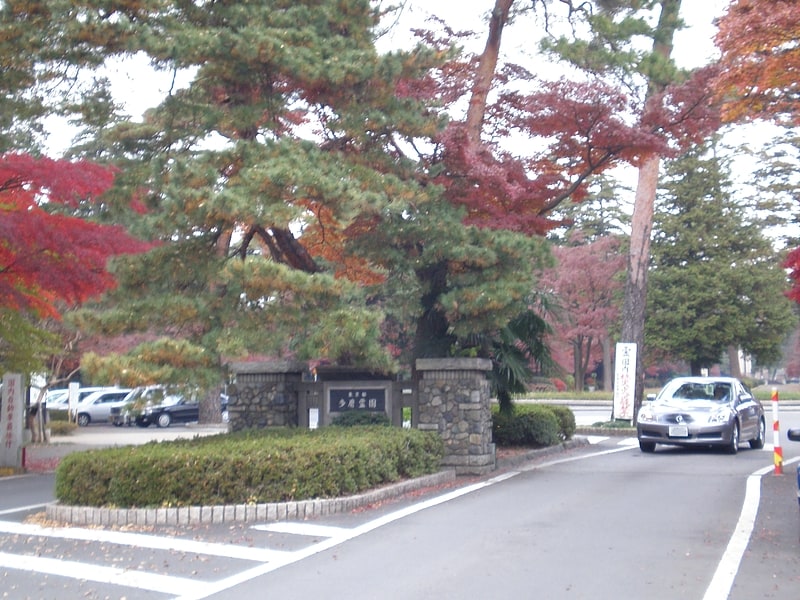
Also known as: 多磨霊園
Cemetery in Japan. Tama Cemetery in Tokyo is the largest municipal cemetery in Japan. It is split between the cities of Fuchu and Koganei within the Tokyo Metropolis. First established in April 1923 as Tama Graveyard, it was redesignated Tama Cemetery in 1935. It is one of the largest green areas in Tokyo.[8]
Tama
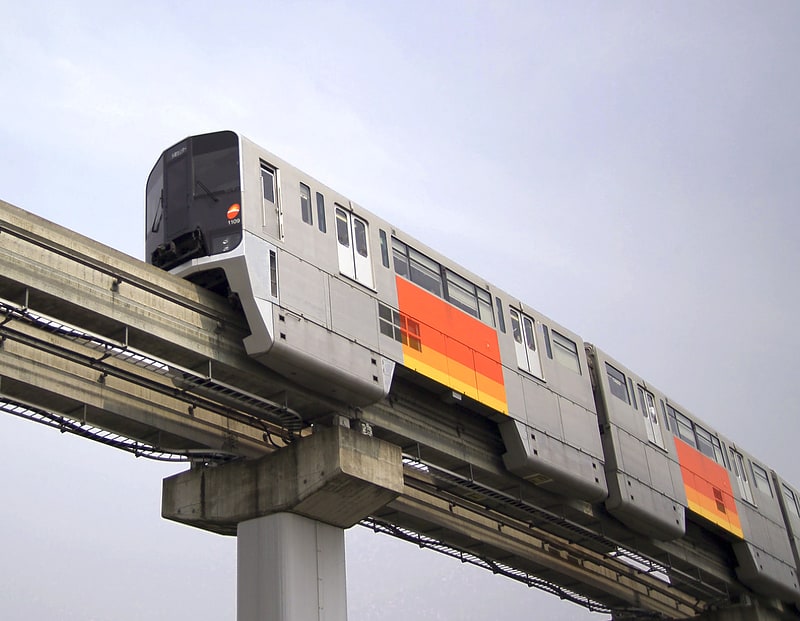
Also known as: 多摩市
City in Japan. Tama is a city located in the western portion of Tokyo Metropolis, Japan. As of 11 March 2021, the city had an estimated population of 148,285 in 73,167 households, and a population density of 7,100 inhabitants per square kilometre. The total area of the city was 21.01 square kilometres.[9]
Koganei
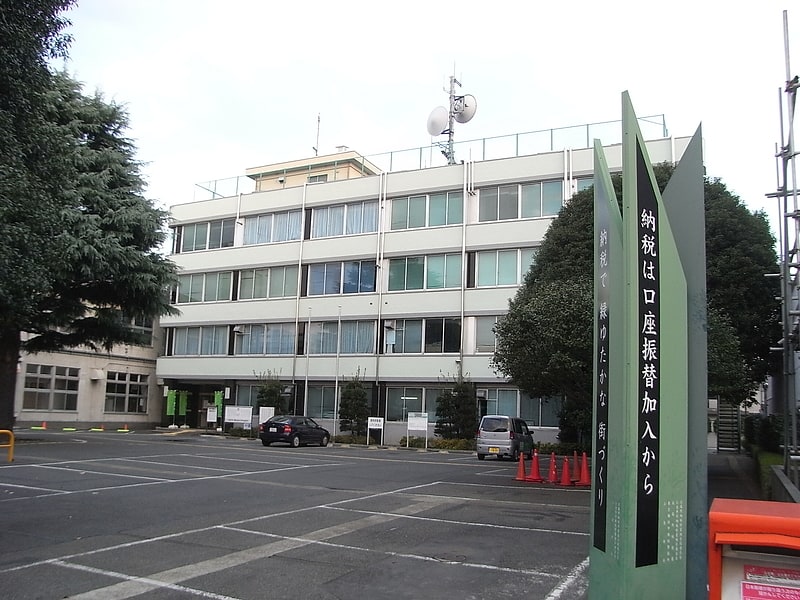
Also known as: 小金井市
City in Japan. Koganei is a city located in the western portion of Tokyo, Japan. As of 1 March 2021, the city had an estimated population of 123,698 in 61,832 households. The total area of the city is 11.30 square kilometres so the population density is about 11,000 persons per km².[10]
Inagi

Also known as: 稲城市
City in Japan. Inagi is a city located in the western portion of Tokyo Metropolis, Japan. As of 1 April 2021, the city had an estimated population of 92,585 in 41,592 households, and a population density of 5200 persons per km². The total area of the city was 17.97 square kilometres.[11]